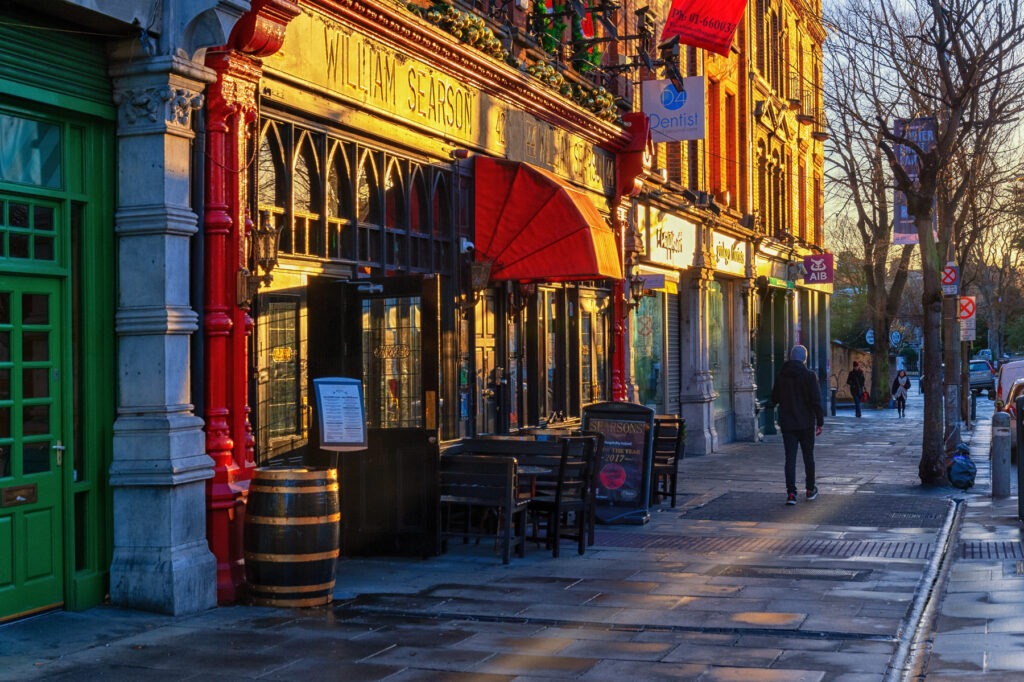Converting Commercial Properties into Residential Units in Ireland: An Untapped Opportunity?

We have discussed this quite a lot over the past year, however, the most recently published stats on vacant commercial property this week promoted another conversation. According to the latest Geodirectory survey, Ireland is experiencing a significant rise in commercial property vacancies, with rates touching 14.1 percent, the highest since 2013. This increase is most apparent in Dublin, where the commercial vacancy rate stands at 13.1 percent, and in Galway, which experienced a 0.8 percentage point rise within a year. Interestingly, these are the two areas with some of the greatest residential demand in the country. It is not a stretch to link the opportunity.
These vacant spaces, coupled with the current housing demands, could very well be the key to a more sustainable and economically feasible housing strategy in Ireland; arguably, private investors and would-be housing developers are poised to take the lead. Minister for Housing, Darragh O’Brien’s suggestion of converting office spaces into apartments has sparked varied opinions within the industry. The successful conversion of Park West Plaza in Dublin by Harcourt Developments and housing charity Tuath stands as a testament to the viability of such projects. Not only do these conversions present a sustainable approach by reusing existing structures, but they also bring about notable carbon savings. From a financial perspective, Harcourt’s endeavour proved that conversions could be more commercially-sound than developing from scratch. And this is happening globally. Cities like New York have witnessed the successful repurposing of office spaces into thousands of housing units over the past two decades. Critically, in Ireland, the strategic and central locations of many office sites make them highly desirable for housing conversions. Given the anticipated oversupply of office spaces, as highlighted by The Irish Times recently, there is a compelling argument in favour of repurposing.
We are not naive to the practical challenges. One of the key concerns is the Government’s requirement for private open spaces in apartments, which might be hard to integrate into existing commercial spaces. Moreover, with 60 percent of Irish office accommodations having a low Building Energy Rating (BER), the energy efficiency of these buildings remains a concern. There are also regulatory hurdles. Current building regulations impose strict criteria, such as room sizes, daylight availability, and balcony requirements, which might be restrictive for conversions. Furthermore, while there’s potential in office conversions, it’s essential to consider the broader housing challenge. Research from JLL earlier this year suggests that even if we utilise all of Dublin’s vacant office space for housing, it would yield a best-case scenario of only 3,300 housing units.
There is undoubtedly an opportunity here, but it will take a creative project approach. In our experience, property developers are problem-solvers so we are curious to see how this opportunity will be realised. As always, our team within Lotus Investment Group are on hand to discuss finance solutions for your next development project.
Ian Lawlor
086 3625482
Managing Director
Lotus Investment Group
